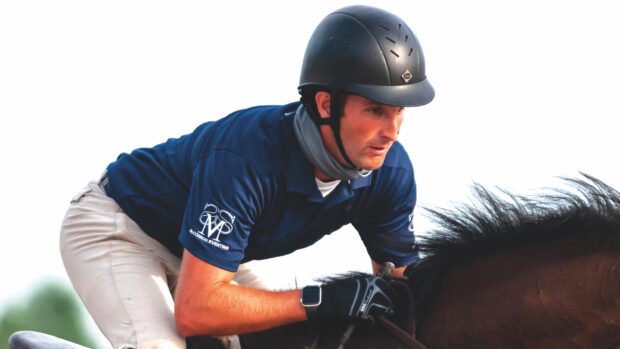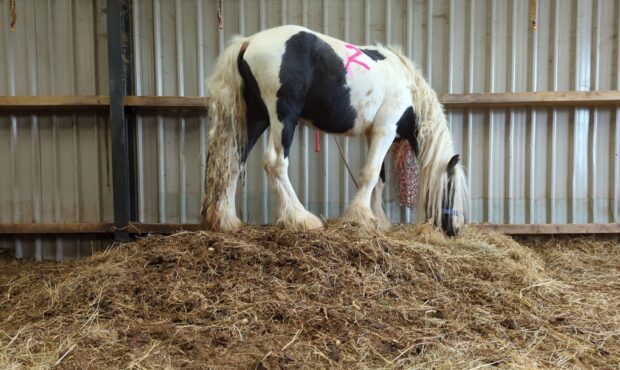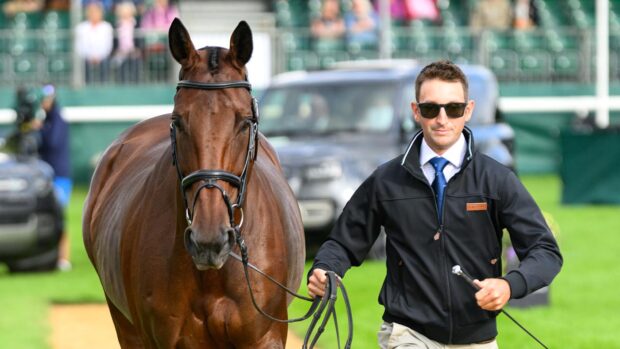Mistreatment of horses at shows has been dealt with head-on by the British Horse Society (BHS) following pleas from unaffiliated show organisers.
A comprehensive new code of practice will empower show organisers to warn, disqualify or eject horse owners and their horses from any show for dangerous or cruel behaviour.
Lee Hackett of the BHS, said: “We’ve found that unaffiliated show organisers often feel powerless to take action, as there have previously been no clear standards set.”
The code has been devised by the BHS and the British Equestrian Federation’s (BEF) welfare group. It covers every aspect of horse care at shows — from transport, use of the whip, conduct in and out of the showring to the provision of feed, water and shelter. It also prescribes the level of veterinary treatment and the responsibilities of show organisers, stewards, show judges and even spectators.
The code is available on the BHS’s website and in a shortened format for organisers to include in their schedules, if required.
Mr Hackett said some issues recur for organisers: “The main problem is overuse of the whip and inappropriate punishment. There is also quite a high incidence of horses carrying overweight riders.”
Although originally intended for the unaffiliated sector, there has been widespread support among the disciplines, including British Dressage (BD), British Eventing, the BSJA, the Pony Club and Endurance GB.
BD chief executive David Holmes told H&H the code acts as a “belt and braces” to supplement its existing welfare handbook for organisers.
“We’re very supportive of improving practice in the unaffiliated sector,” he said.
“Hopefully this will help organisers to run better shows and so improve everyone’s enjoyment.”
Main points of the code
- No horse should be left unattended unless they are in a horsebox/trailer
- Horses must have sufficient breaks
- Horses should not be kept in a vehicle overnight
- Whips should only be used to reprimand a horse where there is a valid reason, and with appropriate severity
This news story was first published in Horse & Hound (10 July, ’08)



